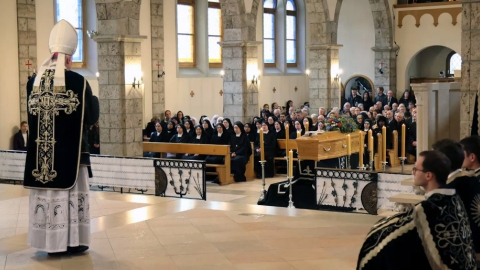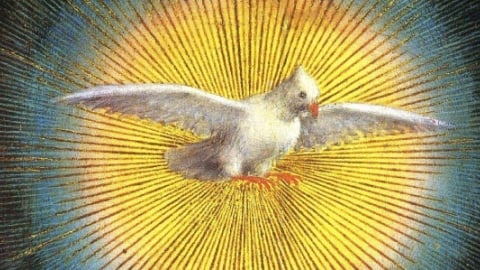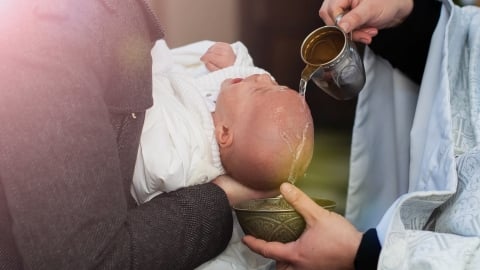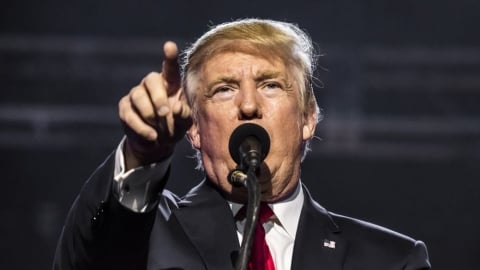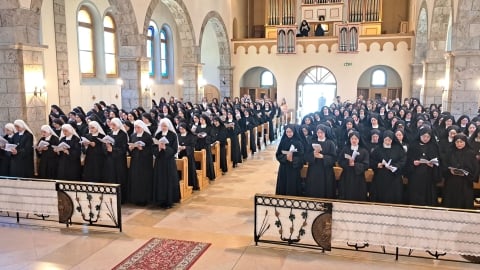Reflections on the Life of Pope Benedict XVI

Pope Benedict XVI, who reigned as head of the Catholic Church from 2005 until his unexpected resignation in 2013, reposed in the Lord on December 31 at the age of 95. Following on the heels of his predecessor, John Paul II, Benedict XVI attempted to steer the Church through a series of crises, including the ongoing sex-abuse scandal, mounting secularism, and the loss of orthodoxy among both the clergy and the faithful. For traditional Catholics, he is best remembered for the 2007 motu proprio Summorum Pontificum, which liberated the traditional Latin Mass while affirming that it had “never been abrogated” following the promulgation of the Novus Ordo Missae.
Born Joseph Ratzinger on April 16, 1927, in Marktl, Bavaria, Germany, the future pontiff was ordained to the priesthood in 1951 before being consecrated Archbishop of Munich and Freising on May 28, 1977. Shortly thereafter, Ratzinger was named to the College of Cardinals and became a powerful, albeit polarizing, figure as head of the Congregation for the Doctrine of the Faith (CDF), a position he held from 1981 until his papal election in 2005. His conservative approach to faith and morals clashed with the Church’s progressive wings, with some derisively calling him “God’s Rottweiler.”
Traditional Catholics, however, could not help but notice the tension between Ratzinger’s professed conservatism and his reformist contributions as a peritus at the Second Vatican Council. Following the Council, Ratzinger held the Chair in Dogmatic Theology at the University of Tübingen from 1966-77, where he was dismayed by the radical turn within the student body and among his fellow theologians. Even so, Ratzinger did not then, nor later as Supreme Pontiff, correct the work of the Council. Rather, he invested considerable intellectual resources trying to save it from the worst excesses of the reformers, while allowing liberals to retain or be appointed to teaching positions in Catholic seminaries and universities. Indeed, Ratzinger is commonly seen as the progenitor of the so-called “hermeneutic of continuity,” which seeks to show Vatican II’s reforms as being authentic developments of the Church’s prior teachings.
A notable example of Cardinal Ratzinger’s attempt to square the Council with the previous magisterium was his response to the dubia of Archbishop Marcel Lefebvre in regard to religious liberty and Dignitatis Humanae. The 50-page answer of the CDF in 1987 notably admitted: “There is a novelty in the conception of the competency of the State in regard to the religious life of the citizens” (p. 15). However, this novelty was characterized as being a “doctrinal development” instead of being in contradiction with previous teaching. For the Archbishop, this admission of the CDF that the teaching was new was a sign that the crisis in the Church was not being resolved.
Following the death of John Paul II, Ratzinger became the Catholic Church’s 265th pope on April 19, 2005, at the age of 78. Conservatives rallied to the new successor of St. Peter while liberals lamented that his pontificate would spell the end of the reformist spirit that had spread havoc in the Church for decades. Traditional Catholics, for their part, recalled his time at the CDF where, besides addressing the dubia, he engaged in discussions with Archbishop Lefebvre concerning the canonical status of the fraternity he founded, the Society of Saint Pius X (SSPX). On May 5, 1988, Ratzinger and Lefebvre signed a protocol which the Archbishop believed would allow the Society to continue its apostolic work unabated. Unfortunately, Ratzinger and the Vatican failed to provide either the name of the new bishop to be consecrated for the SSPX or the day on which he would be consecrated. This prompted the Archbishop to withdraw his signature until those details would be provided. They did not come.
The SSPX’s 1988 episcopal consecrations, which led to unjust accusations of schism and the uncanonical excommunication of Archbishop Lefebvre and the Society’s bishops, cast a shadow over SSPX/Vatican relations for more than a decade. After Benedict XVI’s election, new lines of communication were opened between the Society and Rome, with the SSPX’s Superior General, Bishop Bernard Fellay, asking the Pope to lift the excommunications and unshackle the traditional Latin Mass once and for all. Summorum Pontificum, which went into effect on September 14, 2007, accomplished the latter while the former request was met two years later. These two requests were fulfilled at great personal cost to Benedict XVI. The SSPX remains grateful for his efforts to normalize traditional Catholicism while also rendering justice to the Archbishop and his sons.
A new dialogue between the SSPX and the Vatican began in 2009, though after numerous attempts at an agreement to canonically regularize the Society, discussions stalled with the Vatican’s insistence that the SSPX accept Vatican II and acknowledge the liturgical reform as good. With his surprising resignation on February 28, 2013, the first in nearly 600 years, Benedict XVI’s involvement with the future of the SSPX and traditional Catholicism came to an end. Unwilling to the end to give up his commitment to the Council, Benedict XVI’s liturgical overtures toward Catholic Tradition went unmatched on the doctrinal level.
One key example of this, besides the stalling of doctrinal discussions with the SSPX, was the 2011 celebration by Benedict XVI of the 25th anniversary of John Paul II’s 1986 ecumenical prayer gathering at Assisi. Even though Benedict XVI’s Assisi commemoration made an effort to tone down the syncretism present at the original meeting, as Bishop Fellay pointed out at the time, the 2011 event manifested a clear acceptance of the principles of the original meeting. The 2011 Assisi meeting was a symbol of what the hermeneutic of continuity is in fact: a token offering to Tradition through some modification of the externals with a firm adherence to the doctrinal deviations of the Council that are ruining the Church.
As Pope Emeritus, Benedict XVI spent almost a decade cloistered behind Vatican walls, making only sporadic public appearances while avoiding any forays into the numerous controversies created by his successor, Pope Francis. To the consternation of many, his efforts to correct the Church’s wayward liturgical trajectory were rebuked in 2021 with the issuance of Traditionis Custodes, a document that restricted what Benedict XVI had freed. The late Pontiff’s other endeavors, ranging from creating a pathway for Anglicans to rejoin the Church with much of their prior patrimony intact to cultivating an atmosphere of theological conservatism, limped on after his resignation, though with little support from the current Roman authorities.
Much will be written in the coming months and years about Benedict XVI and his legacy. Without passing judgment on his immortal soul, which is for God alone to do, it may be said that his long life of service to the Catholic Church was neither an unmitigated disaster nor an unqualified good. Inheriting problems which, ironically, were an outgrowth of his own contributions to Vatican II and its immediate aftermath, Benedict XVI could not turn back the progressivist tides. It is left to those who came of age under his reign—and are sometimes referred to as the “Pope Benedict Generation”—and subsequent generations to breathe new life into his episcopal motto, Cooperatores veritatis (“cooperators of the truth”).
In the end, any pope who wills to bring a definitive solution to the crisis in the Church must fix the errors of the Second Vatican Council.
